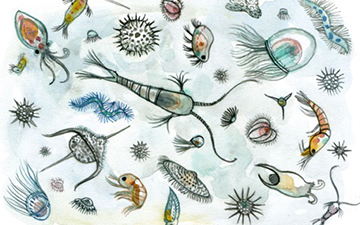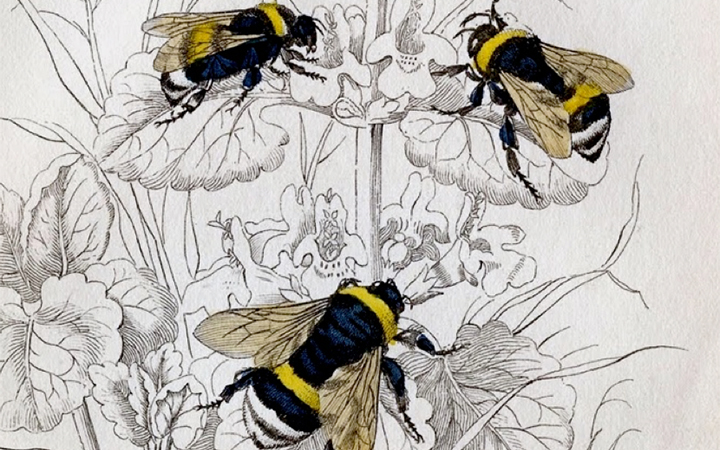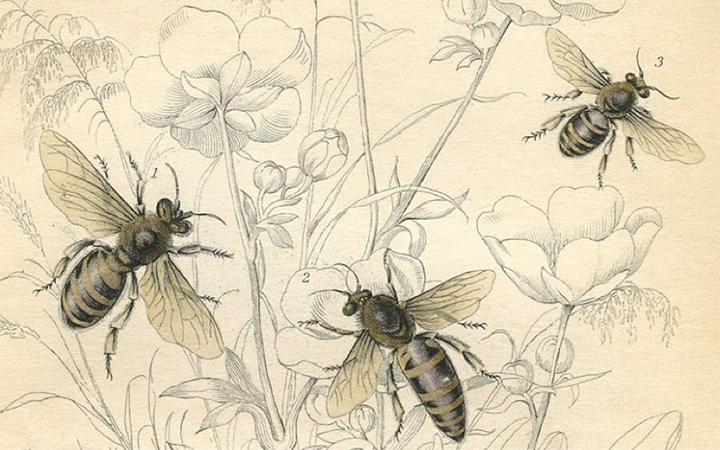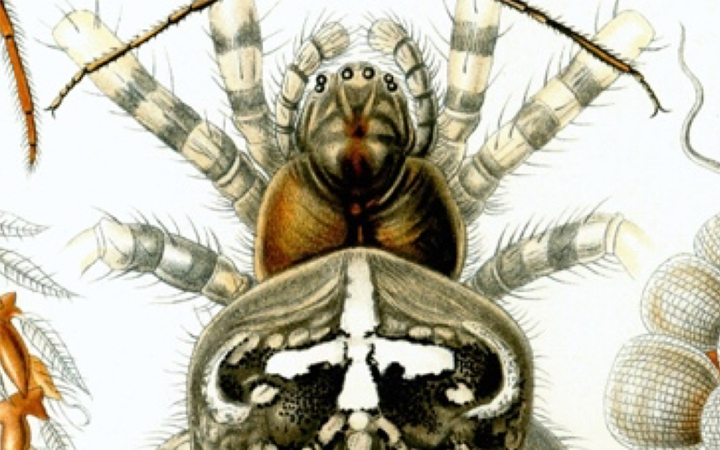Anthropoda

Zooplankton
Marine zooplankton


1 POINTS
Play: Zooplankton has a MOVE of 1.
“Many of these creatures so low in the scale of nature are most exquisite in their forms & rich colours. — It creates a feeling of wonder that so much beauty should be apparently created for such little purpose.” (Darwin on plankton).

Northern Rat Flea
Nosopsyllus fasciatus


9 POINTS
Play: The Northern Rat Flea has a MOVE of 2, and must be played adjacent a RODENTIA species.
Fact: This flea is also known for being a minor vector for the plague.

Aeronaut Spider
Parasteatoda tepidariorum


6 POINTS
Play: These spiders have a FLIGHT of 2.
“How inexplicable is the cause which induces these small insects, as it now appears in both hemispheres, to undertake their aerial excursions.” ~Darwin (Oct 31, 1832)

Large Earth Bumblebee
Bombus terrestris


4 POINTS
Play: This Bumblebee has a FLIGHT of 2.
Fact: The Large Earth Bumblebee can navigate its way back to the nest from a distance as far away as 8 miles.

European Honey Bee
Apis Melifera


5 POINTS
Play: The European Honey Bee has a FLIGHT of 2.
Fact: THe Honey Bee Genome Sequencing Consortium fully sequenced and analyzed the genome of Apis me;;ifera in 2006.

European Garden Spider
Araneus diadematus


7 POINTS
Play: The European Spider has a MOVE of 1.
Fact: The third pair of legs the garden spiders are specialized for assisting in the spinning of orb webs.